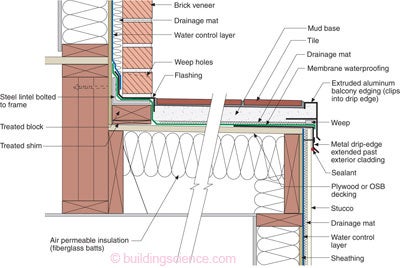We have a flat rooftop terrace on the backside of our home. The grout between the tile and the metal bottom strip is eroding away and creating some minor leaks in the attic below the terrace.
Terrace is completely exposed to conditions (sun majority of day and no roof to shield it so any rain it sees a lot of water during storms).
The expense of caulk, ease of use and or how it looks are zero factor here. The only thing I care about is finding something that is going to give us the best seal and prevent leaks.
Ive seen a lot of different exterior caulk/sealant options and it's a little overwhelming. Given my scenario what product would y'all say is my best option?





Terrace is completely exposed to conditions (sun majority of day and no roof to shield it so any rain it sees a lot of water during storms).
The expense of caulk, ease of use and or how it looks are zero factor here. The only thing I care about is finding something that is going to give us the best seal and prevent leaks.
Ive seen a lot of different exterior caulk/sealant options and it's a little overwhelming. Given my scenario what product would y'all say is my best option?















